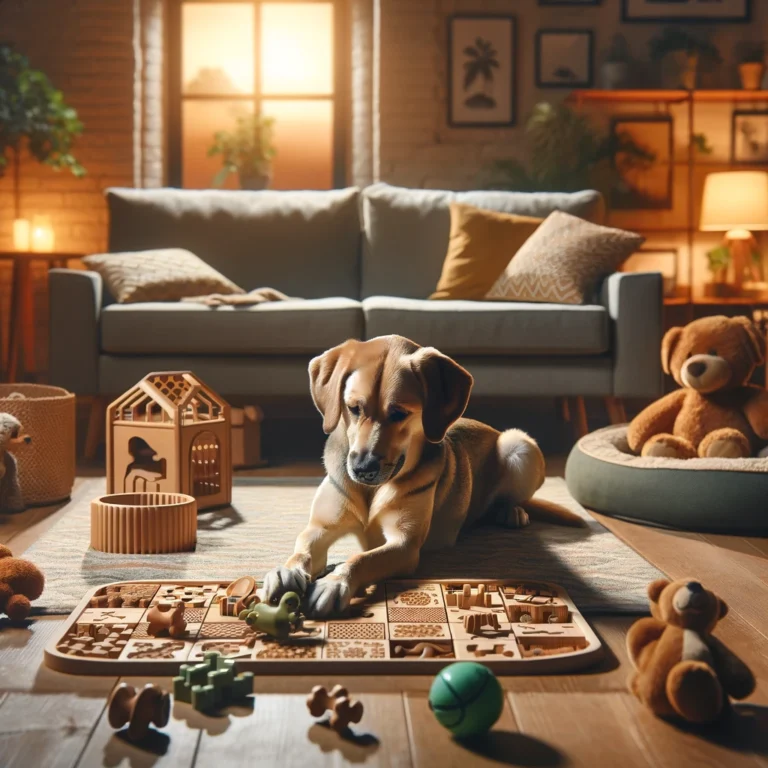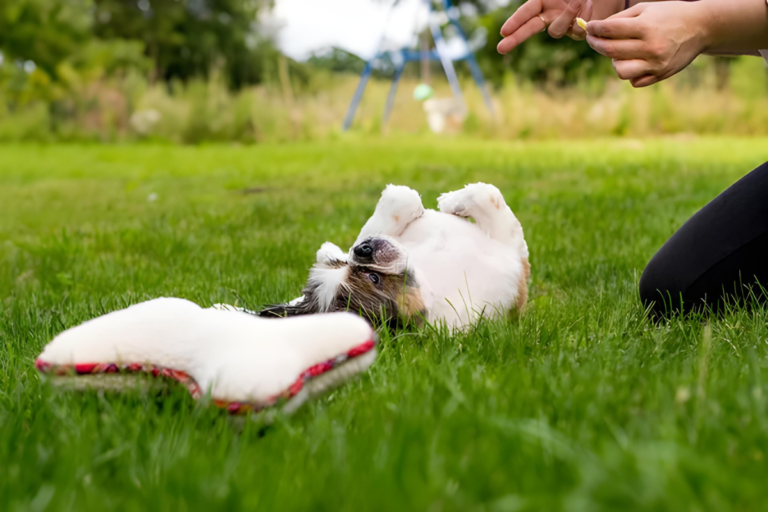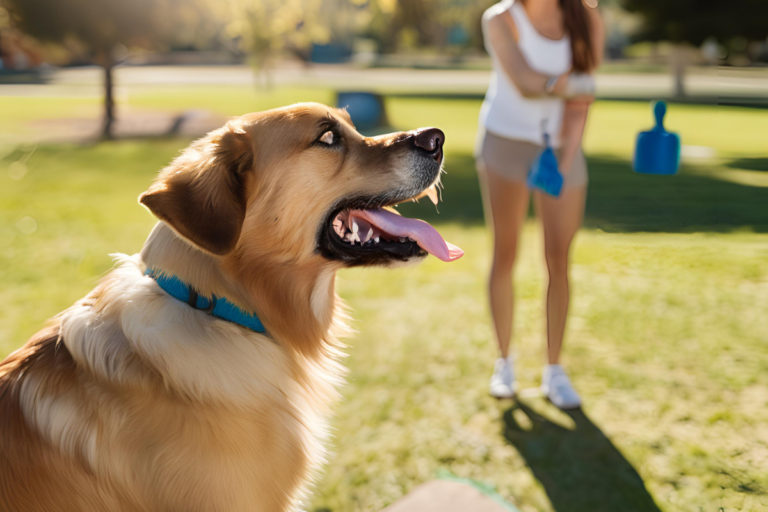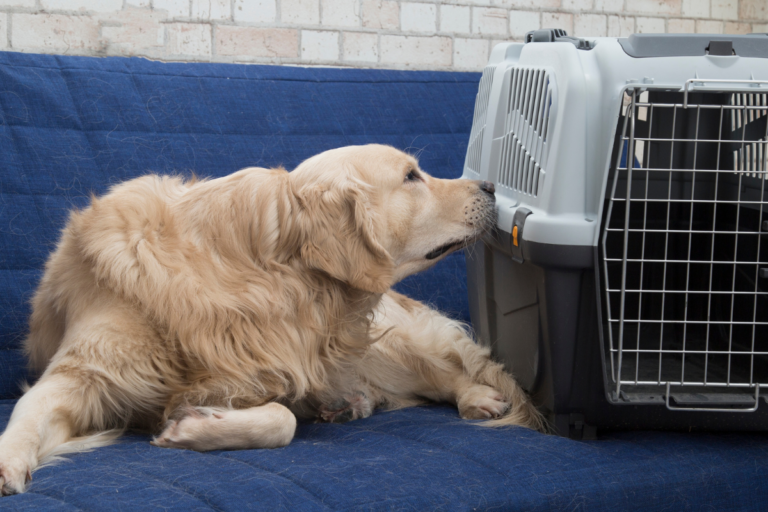How to Use Positive Reinforcement Effectively in Dog Training
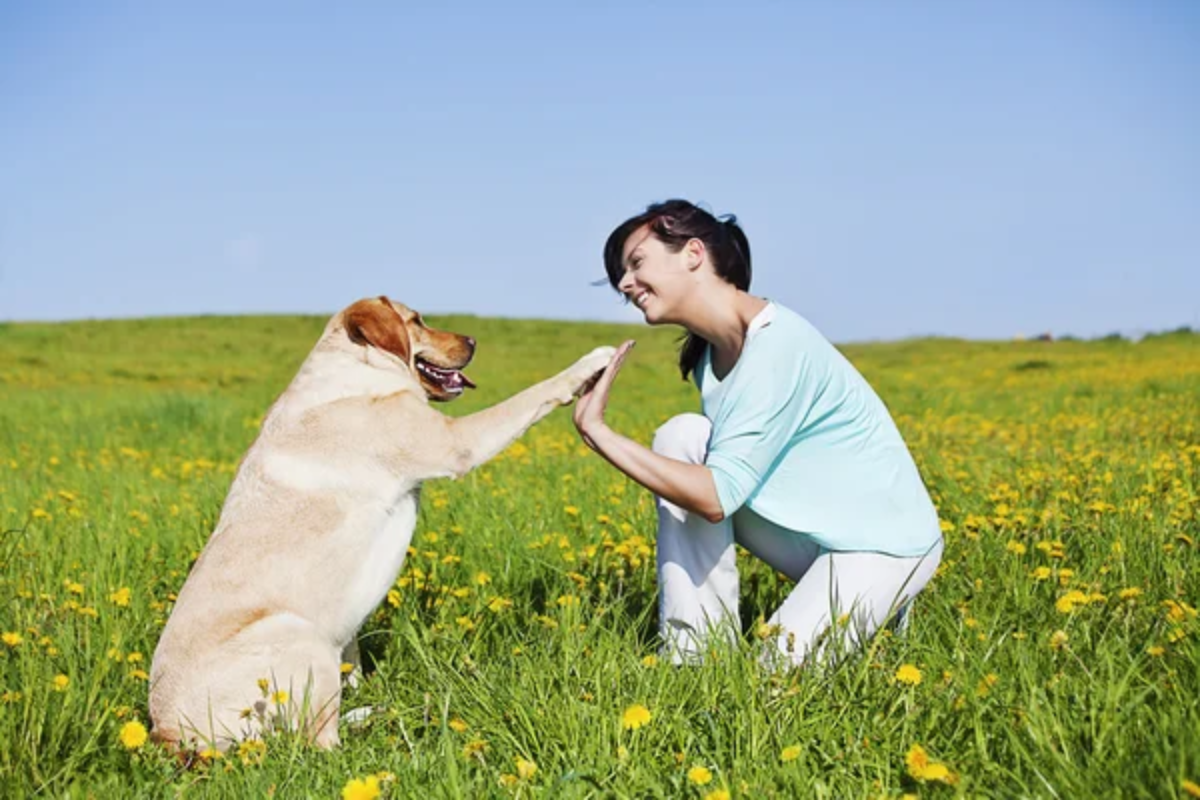
A Fun Guide to Positive Reinforcement Training
Do you remember how many times you have attempted to teach your dog some new trick but you were just speaking to an-lifeless-wall? You’re not alone. Many dog owners experience this, but the good news is that there’s a fun, effective way to turn things around: the role of motivation through positive reinforcement.
Past the teaching areas, this method is efficient and enjoyable for you and your pet and grows the connection between the two of you. Well, let’s discuss the details of how positive reinforcement can help you and your pet here.
What’s Positive Reinforcement? Spoiler: It’s All About the Good Stuff!

Imagine as a child being rewarded with a gold star each time one followed the right procedure at the right time. It felt good, right? That, however, is the basis of positive reinforcement training in dogs.
It is quite the opposite with this program because instead of concentrating on the faults your dog has, you are rewarded for the good deeds. It makes them more willing to follow desired behavior since let alone would not anybody like a treat or a belly rub?
The Secret Sauce: Ground Rules for Pawsitive Success
Before you start handing out treats like they’re candy on Halloween, there are a few ground rules you should know. Think of these ground rules as your blueprint for success:
- Timing is crucial: Reward your dog immediately after they perform the desired behavior so they understand what action led to the treat.
- Consistency is key: Always reward the same behavior every time it happens. Inconsistent rewards can confuse your dog and slow down their learning.
- Patience is your best tool: Every dog learns at their own pace. Stay patient, and don’t get discouraged if your dog doesn’t catch on right away.
- Keep commands simple: Use clear, simple commands to avoid confusing your dog. Stick to one or two-word cues.
Tip: This is particularly important if your dog looks stressed; you should take him/her for training where there are no distractions.
Making Magic Happen: How to Turn Your Dog into a Trickster
Using positive reinforcement is like building a relationship—you take it one step at a time. Here’s how you can do it:
- Start small: Begin with simple commands like “sit” or “stay,” and gradually work your way up to more complex tasks.
- Break tasks into smaller steps: If a command seems too challenging, break it down into smaller, more manageable actions. Reward your dog for completing each step.
- Reward immediately: The second your dog performs the desired behavior, give them a reward. This helps them link the action to the treat.
- Gradually increase difficulty: As your dog gets the hang of things, slowly increase the challenge by adding new commands or extending the duration of a task.
Tip: Use a clicker to mark the exact moment your dog performs the desired behavior—this adds extra clarity for them.
Tasty Treats and Tail Wags: What Rewards Work Best?
It is essential for trainers or anyone dealing with dogs to understand that every dog does have their favorite treats. Here’s how to figure out what works best:
- Treats: In general most dogs are fairly food orientated. Employ small food items which are easily chewable and are among the favorites of your dog.
- Toys: Some dogs are motivated by a promise, for example asking them to follow you because you or play time is waiting for them. She or he can use his or her favorite toy as a reward as well as a biscuit.
- Praise: Not only treats, but even a simple rub on the belly or energetic ‘Good dog!’ means a lot to dogs as they appreciate attention paid to them.
- Playtime: As for the more active dogs, they would go for a treat after a session of fetching the ball or a tug of war.
- Variety: Something important should be mentioned here and that is you should make the rewards a bit more interesting by providing variety. This makes your dog alert and willing to listen and this will enhance its learning process.
Oops, Not That! Avoid Rewarding the Wrong Moves
There is a way that you may not notice that your dog gets positive reinforcement if he does something wrong. For instance, if your dog barks to get your attention and you succumb to the barking your dog will do the same next time.
I learned that one should not react to the dogs’ barking for what they are but to wait until the dogs have ceased barking and then offer the treats. The same applies to this jump up on people.
Do only that when all four paws are on the ground Privileges; That is how they are trained in the kind of behavioral patterns that enable them to get what they desire.
Stay Cool: Don’t Punish, Just Positively Reinforce
We’ve all been there: It is something like you call your dog by its name to come and instead of coming it starts running after a squirrel. Frustrating? Absolutely. But, this will not assist them since punishment has been found to be counterproductive in many cases.
On the contrary, it might make them afraid of you, and that’s the last thing you would wish to happen in your interactions.
However, try to pay much attention to the positive behavior that you wish to be displayed by your children. If your dog doesn’t listen, then you should repeat the process all over again. When they do what you ask, go overboard with the compliments and an extrinsic reward.
Wrapping It Up: Positive Reinforcement is the Way to Go!
It is also good to note that positive reinforcement is by far the best tool that you will ever need when training your dog. The general strategy when using this type of training is to focus on the positives, and be consistent and your dog will turn into a well behaved lapdog.
Please bear in mind that every dog is different and every dog has its own learning ability thus you should note that getting through each level may take some time. Just do it, make it interesting, and above all have fun while at it. Indeed, training is yet another way to spend time with the best friend you will ever have. Happy training!

